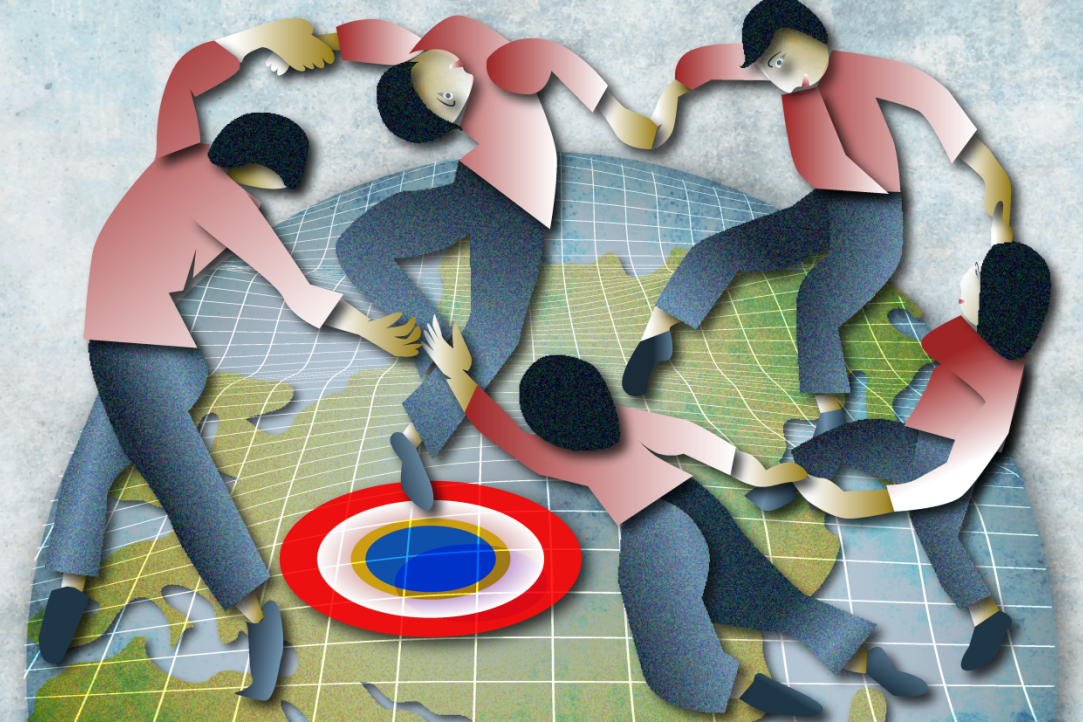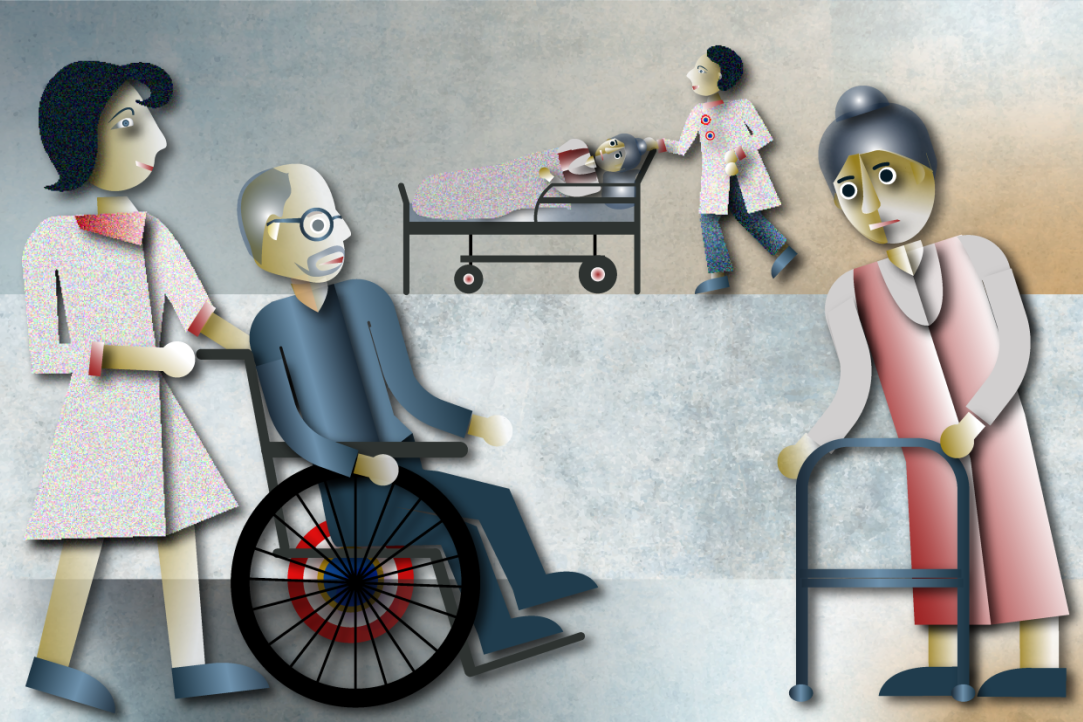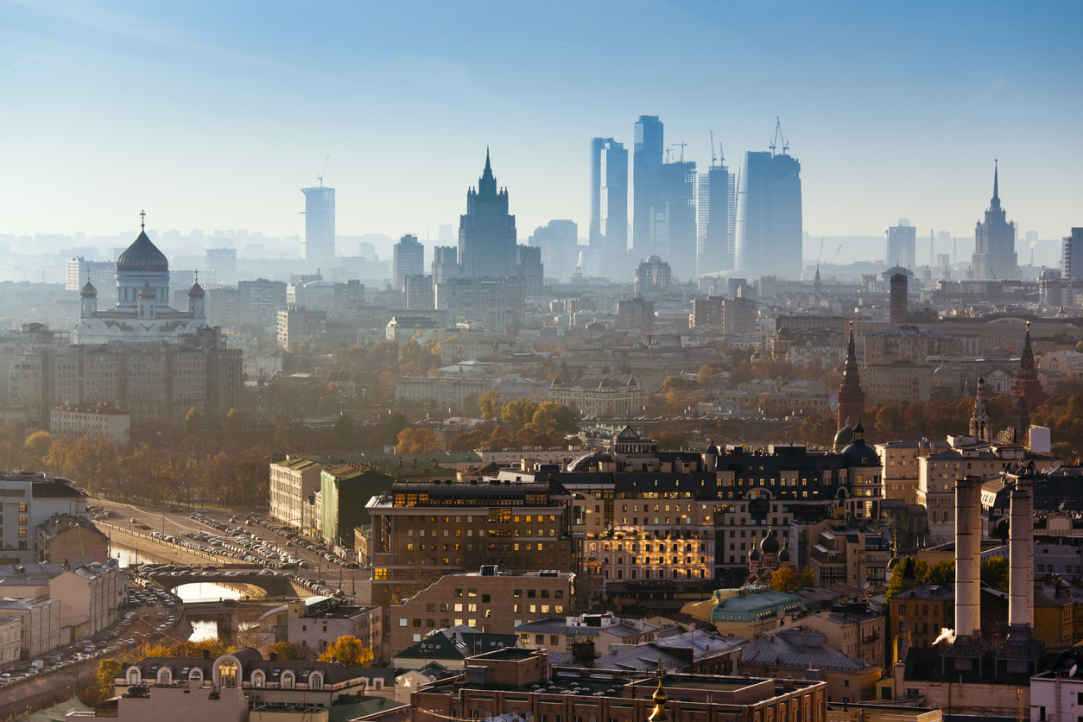
HSE University Reports New Findings on Links between Job Satisfaction and Life Satisfaction
Natalia Soboleva has examined the impact of various factors on the link between job satisfaction and life satisfaction. Using data from the European Values Study, she found the association between job satisfaction and life satisfaction to vary across sociodemographic characteristics. In particular, job satisfaction contributes more significantly to life satisfaction for men compared to women, while being married weakens the association between job satisfaction and life satisfaction. The paper is published in the International Journal of Sociology and Social Policy.

Eurasian Barriers: Obstacles to International Economic Integration in the Post-Soviet Space
The creation of the Customs Union and the Eurasian Economic Union (EAEU) contributed to the development of mutual trade between their member countries. That process picked up pace significantly starting in 2019. Still, it is too early to say that the efforts by EAEU member states to achieve economic integration have been an unqualified success. This problem is the focus of a joint report that a group of experts from Russia (HSE), Kazakhstan, Belarus, Armenia and Kyrgyzstan presented at the XXIII Yasin International Academic Conference organised by HSE University in April.

The Desire to Confirm One’s Point of View Contributes to Trust in Fakes, Even Among Professional Journalists
Kirill Bryanov and Victoria Vzyatysheva, researchers at the HSE Laboratory for Social and Cognitive Informatics in St. Petersburg, studied factors that influence people’s perceptions of fakes, as well as their ability to distinguish false information from reliable.

Long-awaited Long-term Care
The number of older persons and their life expectancy are on the rise in many countries worldwide. As they age, some people need assistance with daily living activities, something their family is not always capable of providing. This creates a demand for professional long-term care that integrates medical and social services. How Russia can benefit from other countries' experience of providing public long-term care is discussed in a report* presented by the HSE Centre for Social Policy Studies at the XXIII Yasin International Academic Conference on Economic and Social Development hosted by the HSE University.

Card Index: City as a Palimpsest
Any cultural landscape is a narrative or a story. A big, modern city with its multiple contesting meanings and social practices, an ongoing dialogue of different eras, and physical spaces coexisting with imaginary ones can be compared to a complex, multi-layered text. A recent paper by Ivan Mitin, Associate Professor in the Faculty of Urban and Regional Development, portrays the big city as an enormous, continuously updated manuscript.
.jpg)
Irresistible Passion: Philately in the USSR
Soviet-era postage stamps illustrate the country's history in miniature, from the early years following the Communist revolution to the 1980s' perestroika. Government and public attitudes towards philatelists reflected an overall distrust of any type of 'otherness'; indeed, why would anyone spend time studying and collecting postage stamps? Thus, it should come as no surprise that periods of philatelic internationalism were followed by times of isolationism and pressure on stamp collectors. Despite efforts to place philately within the procrustean bed of Soviet propaganda, people with a passion for stamps stood out from the crowd and were often perceived as dissenters. The discussion of Soviet philately presented below is based on a paper by philologist Konstantin Bogdanov, professor at the HSE Campus in St. Petersburg.
.jpg)
Machine Learning has Helped Forecast Global Hotspots of Unrest and Revolution
HSE scientists Andrey Korotayev and Ilya Medvedev used machine learning (ML) to build an index of instability in the world. The new method made it possible to use a large number of variables and distribute them in non-standard fashion.

Card Index: Spatial Behaviour. Where Does Our Personal Comfort Zone End?
Individual distance, comfort zone—these terms refer to how close we are prepared to let other people into our personal space. Scientists compare the space around a person to a bubble that can change in size. Card Index looks at the work of RAS and HSE University researchers Valentina Burkova and Julia Fedenok to find out why this is the case, what size this ‘bubble’ can be, and what determines its size.

Where the Babies are Booming: Which Russian Regions Have the Highest Birthrates?
The birthrate across Russia is not uniform: in some areas, people have children earlier in life, and in some, later. These contrasts reflect various populations’ differing demographic outlooks and the dynamics of their respective regions, as well as the extent to which their residents adhere to traditional norms of reproductive behaviour. On the whole, almost no large areas with high birthrates remain in Russia. Here, IQ.HSE studies current trends based on an article by demographer Artur Petrosyan.


